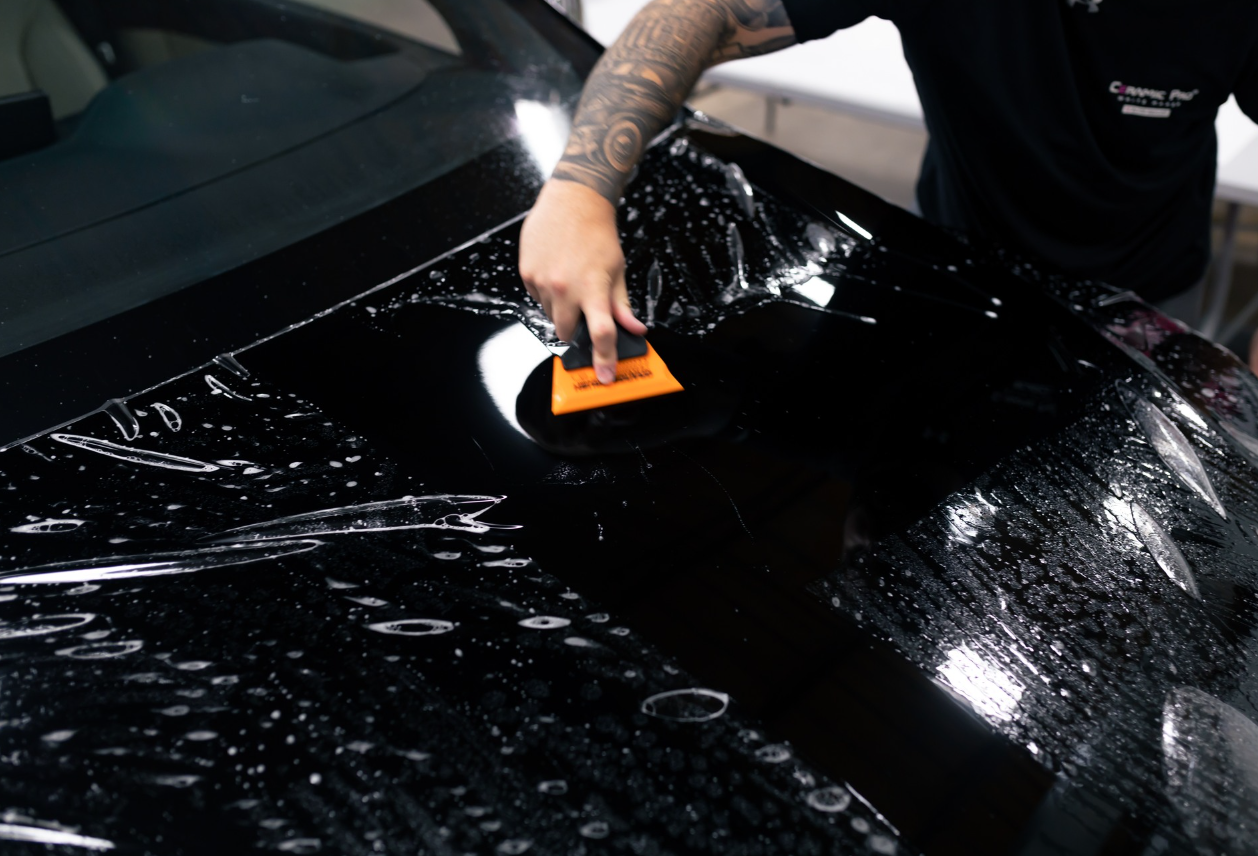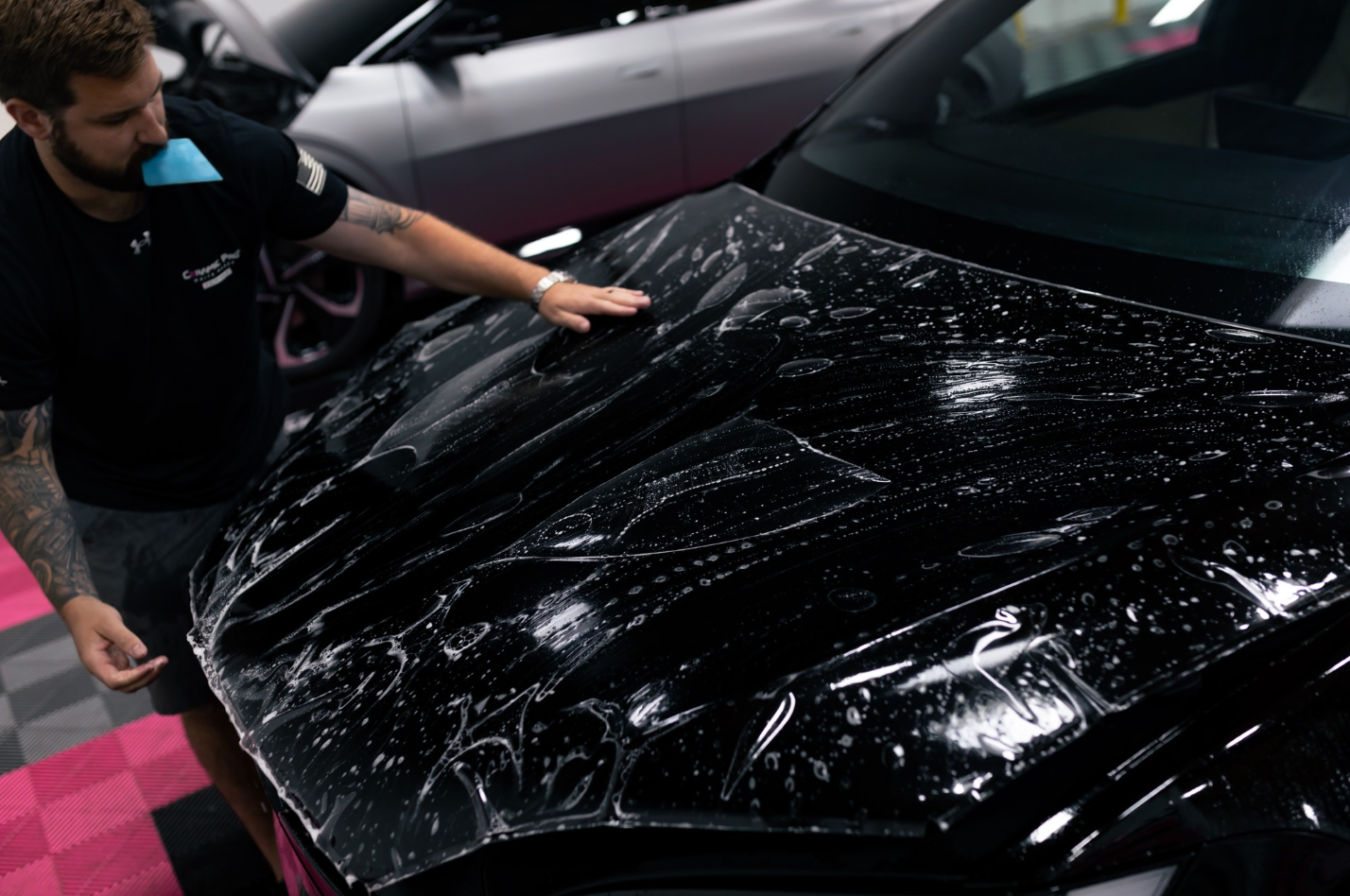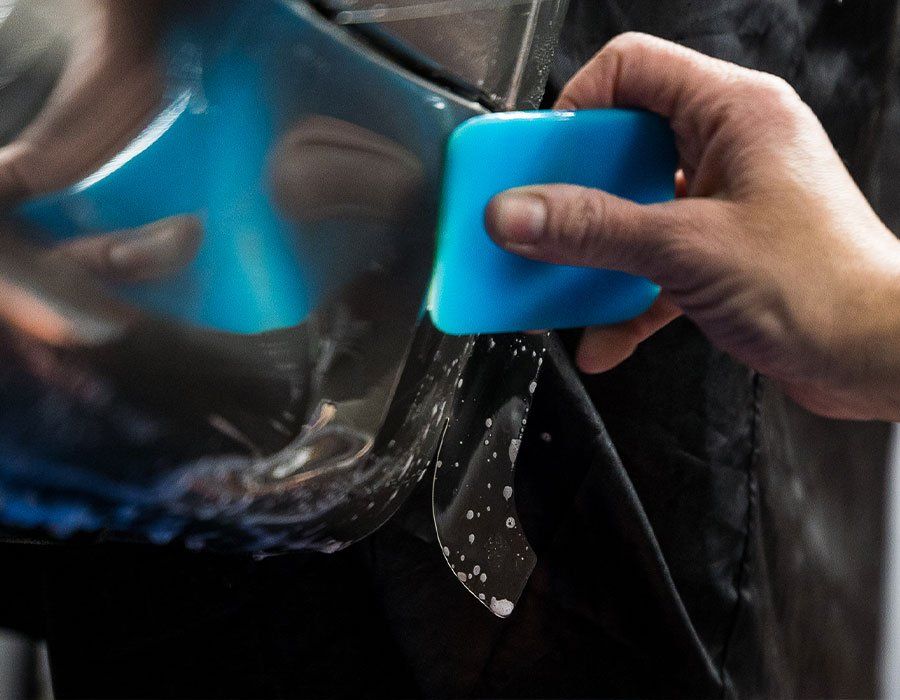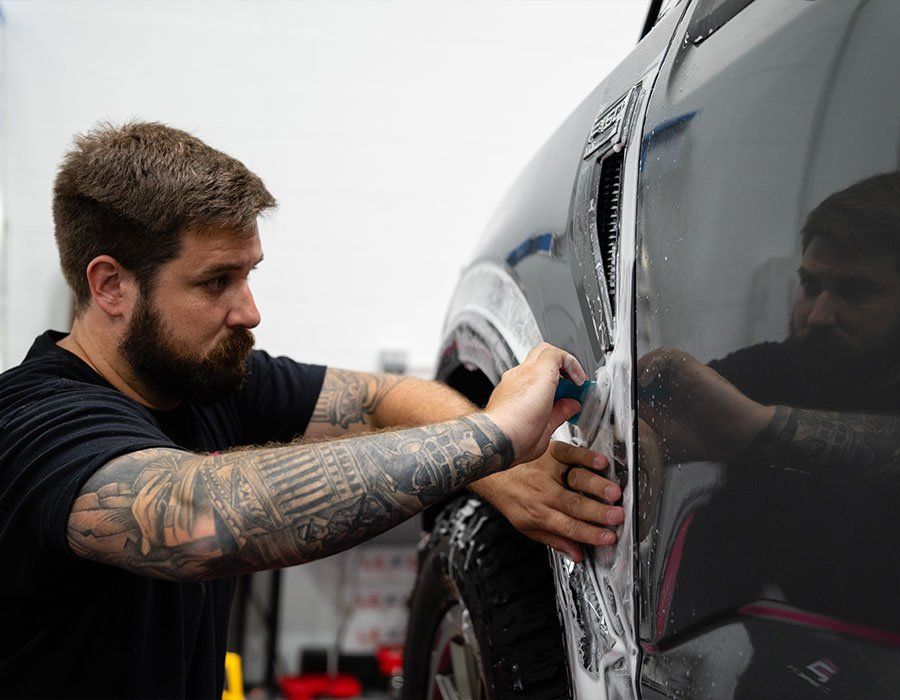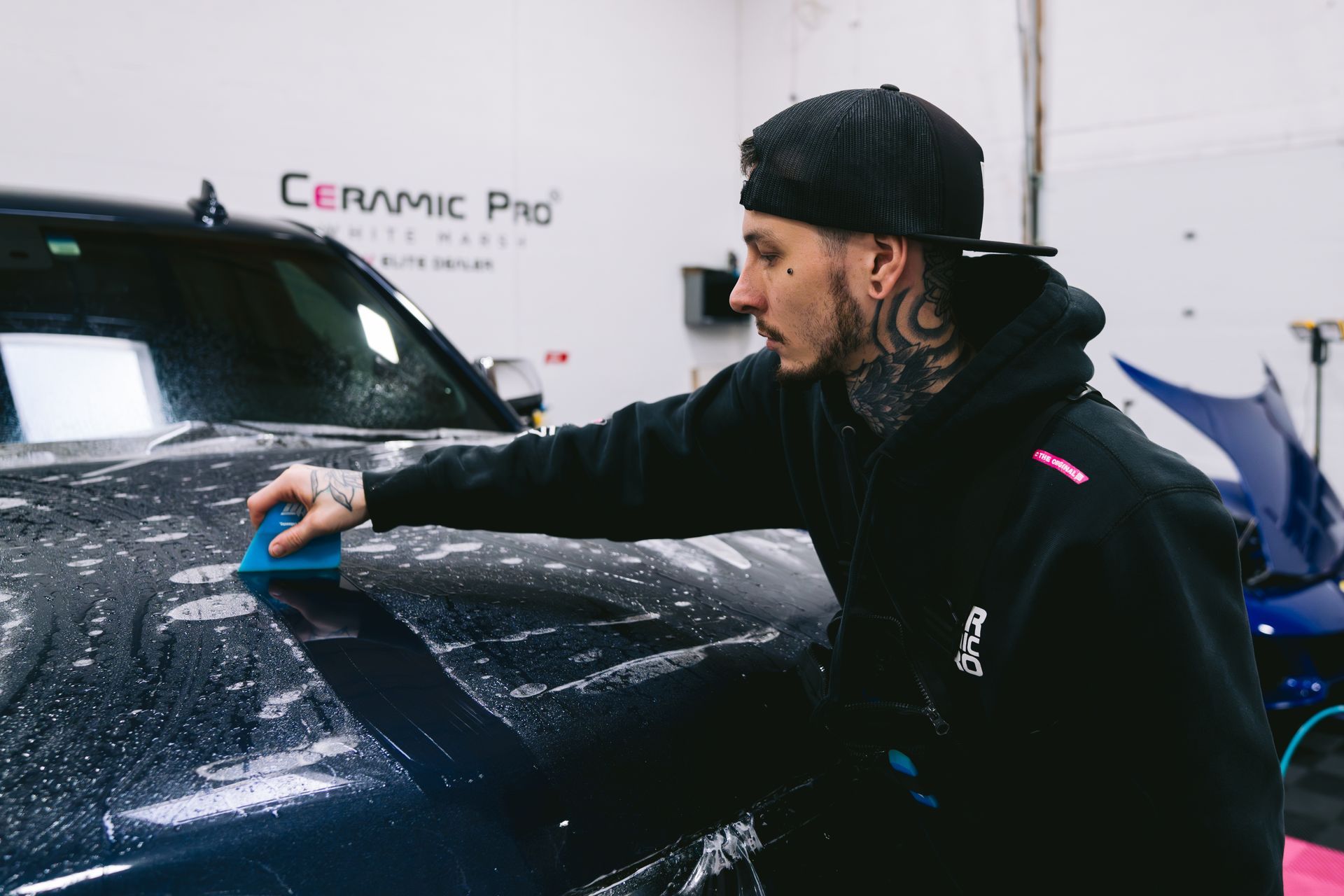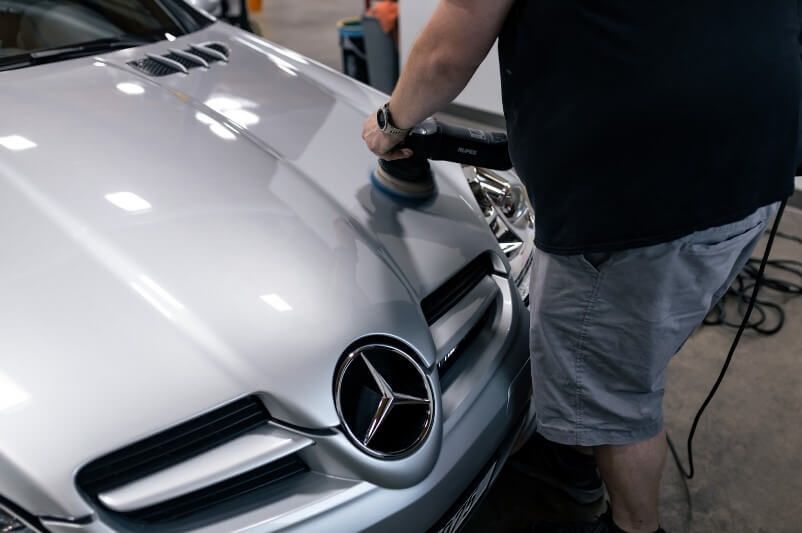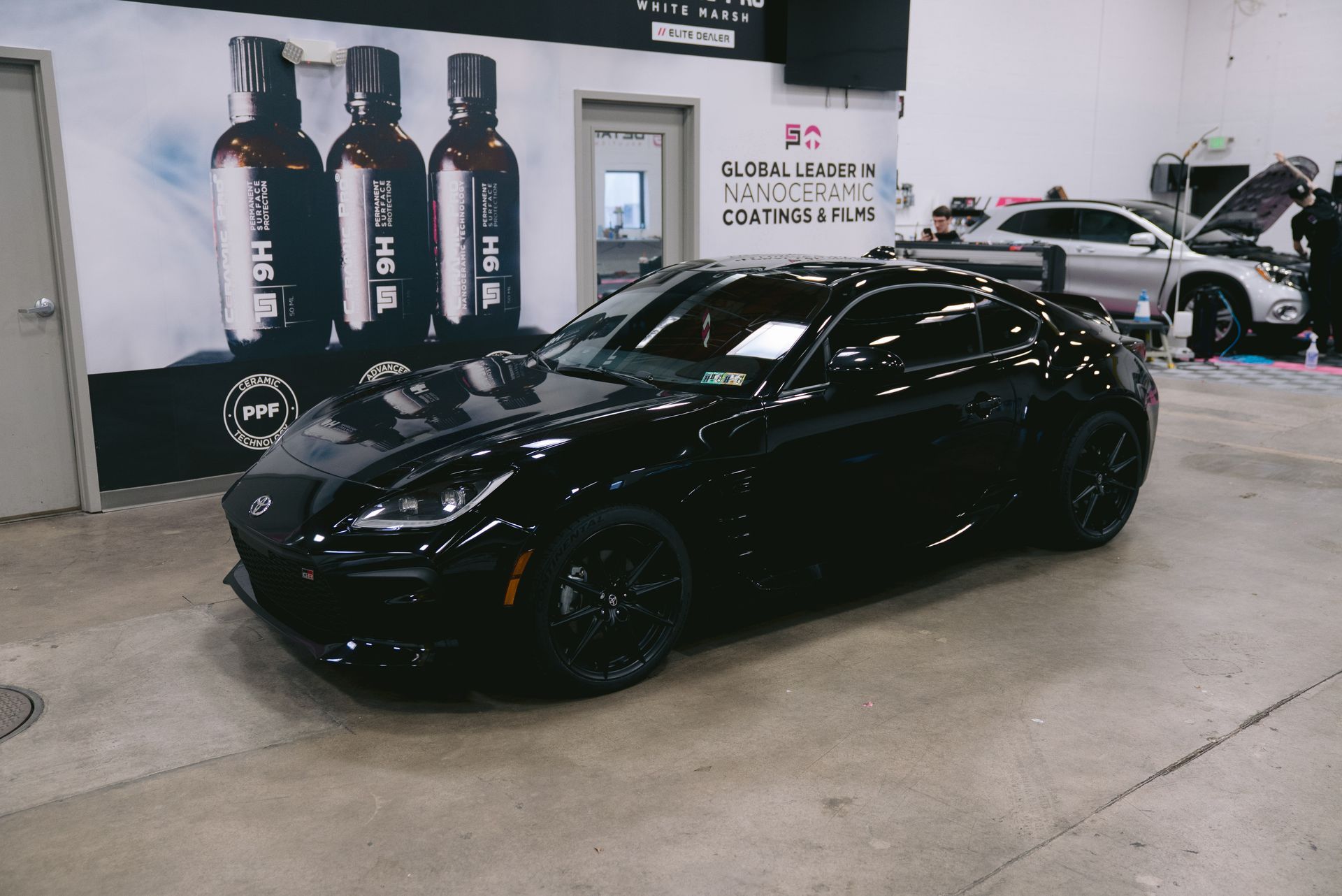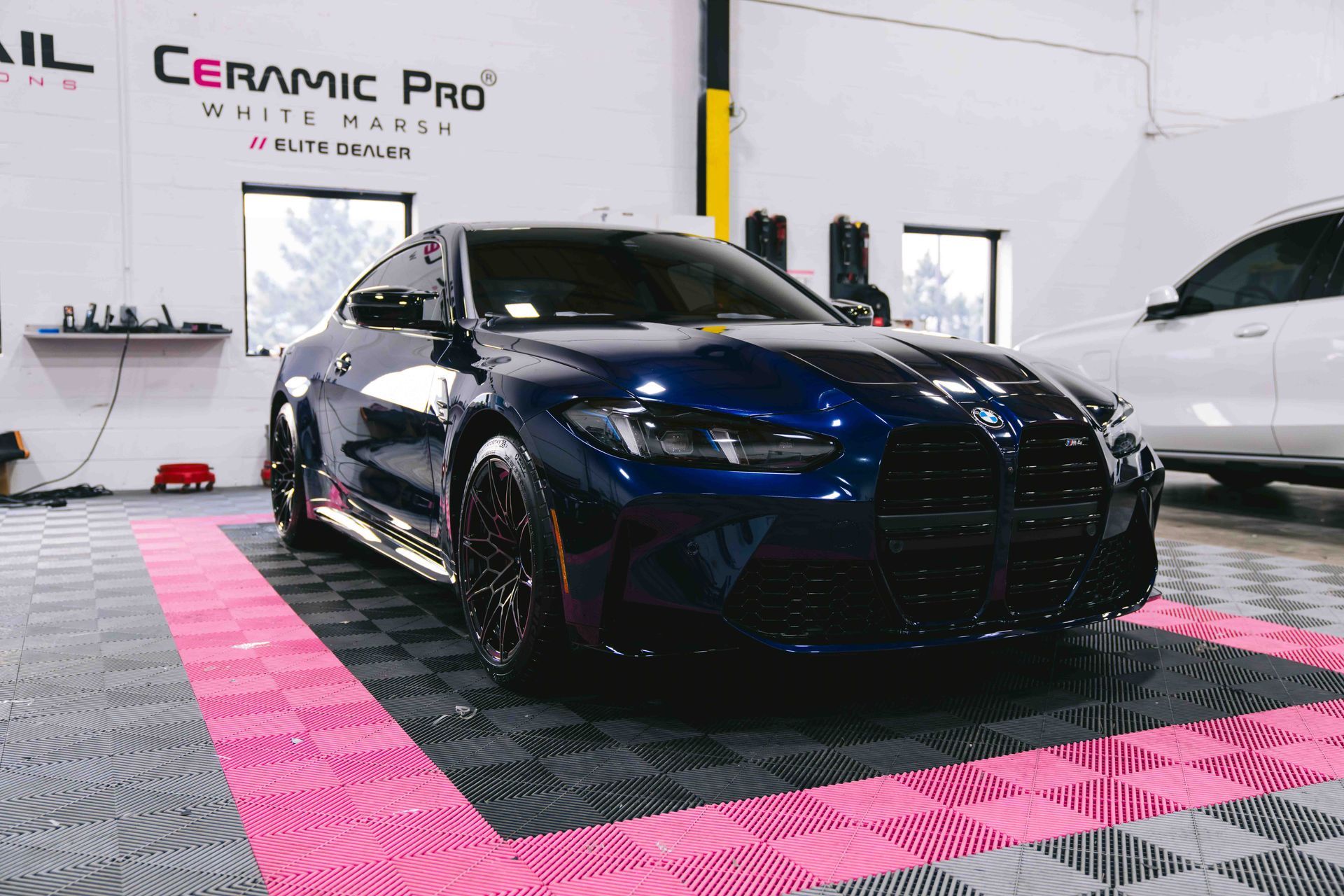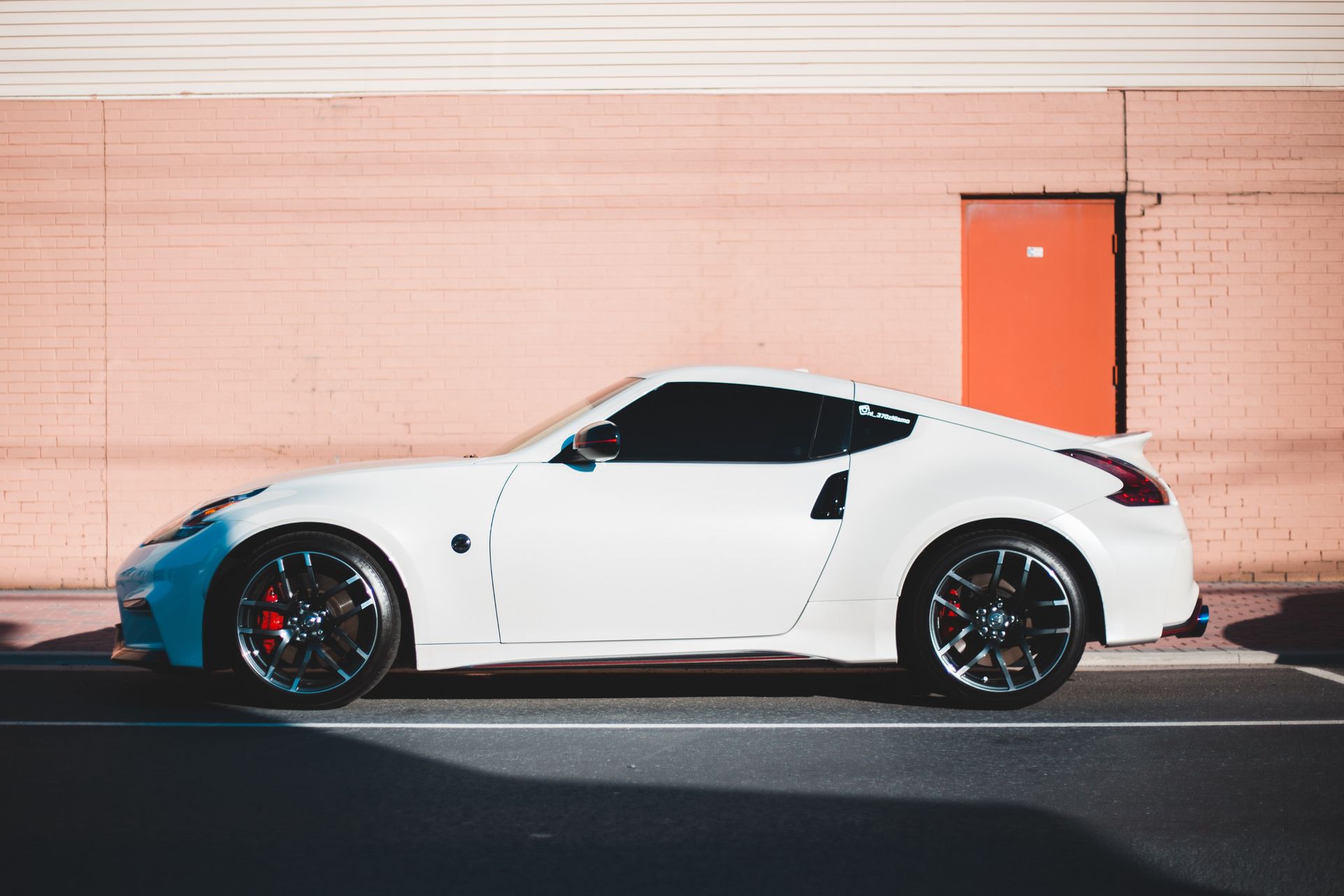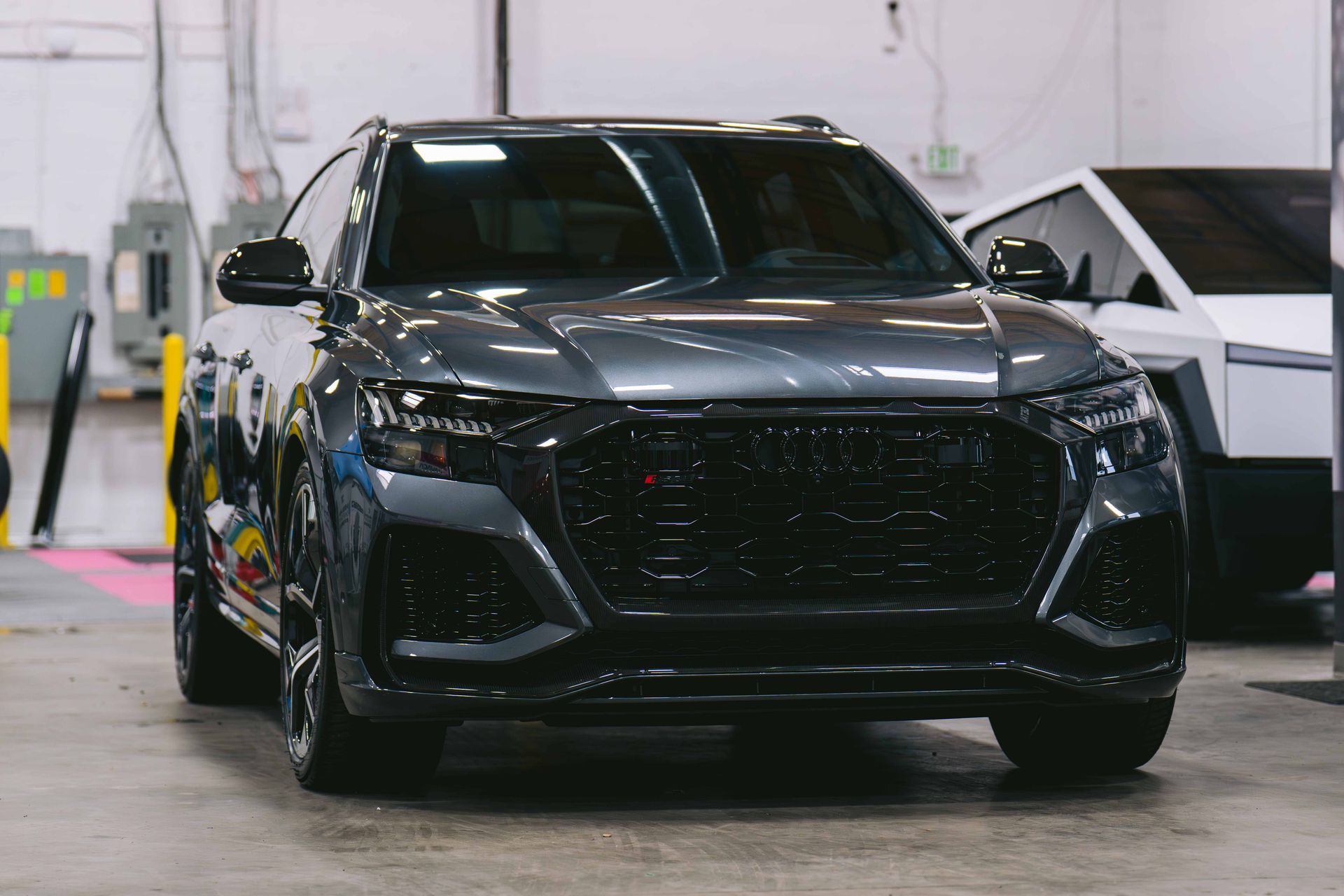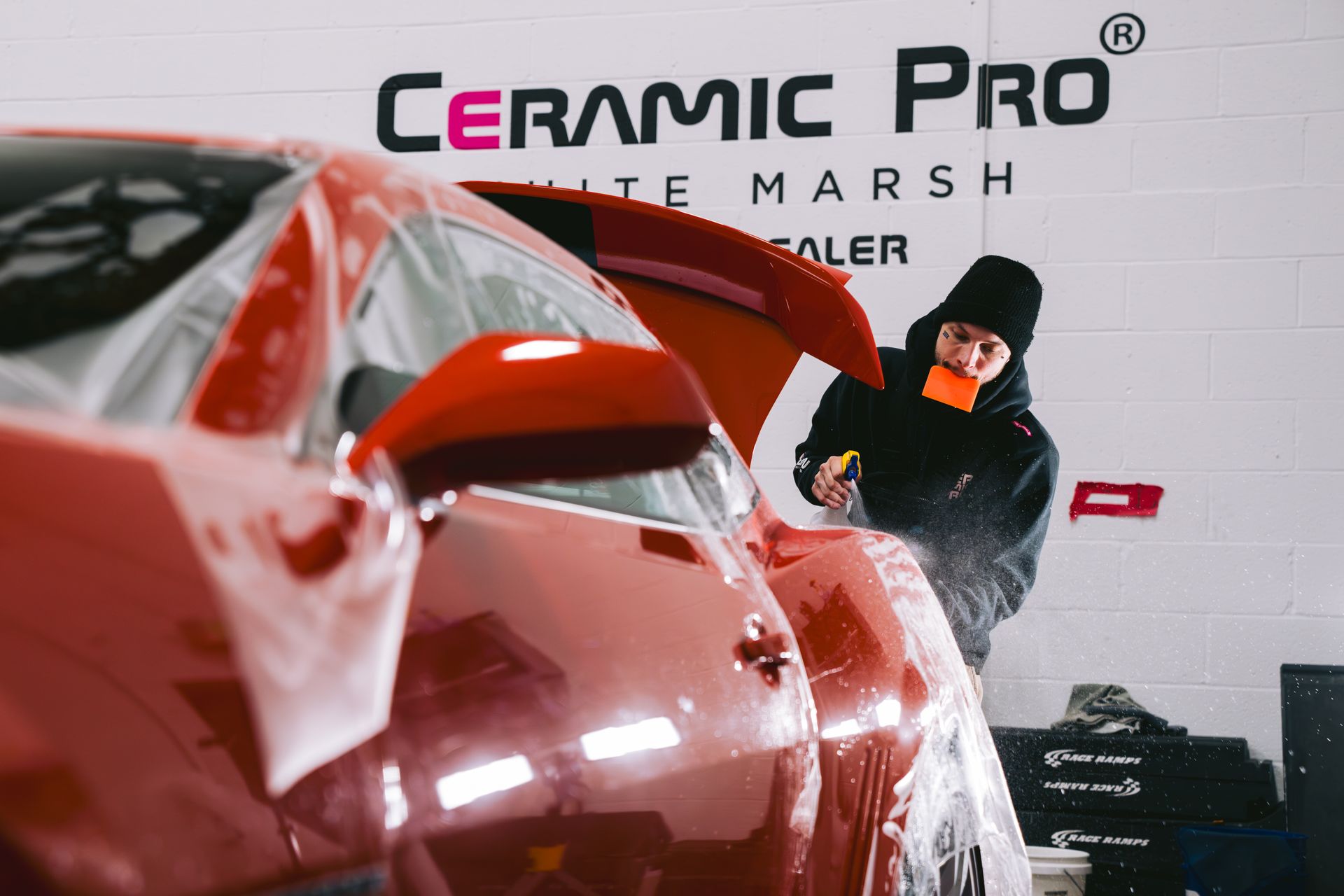PPF Maintenance: Tips and Techniques for Long-lasting Film and Vehicle Protection
Maintaining your vehicle's paint protection film is vital for its longevity. With good care, these protective layers can shield the paint from damage for over a decade. To make this happen, regular upkeep, which includes cleaning with mild soaps and avoiding abrasive materials, is important. Without maintenance, wear and tear may occur faster, even leading to harm to the car's paint job itself.
To ensure the longevity and optimal performance of your vehicle's paint protection film, it's crucial to regularly wash the car using a gentle hand washing method every 1-2 weeks. Additionally, consider the use of dedicated car soap designed specifically for clear bras to prevent damage to the film's top layer. Regular maintenance is essential for preserving the appearance and protective properties of the PPF.
The Durability of Paint Protection Films
Paint protection films or clear bras aren't just your everyday sheet of plastic; they're specially engineered to endure the harsh realities of daily driving. What sets a paint protection film apart is its ability to withstand various types of wear and tear that your vehicle encounters, such as rock chips, road debris, and natural toxins. When you have a clear bra installed on your vehicle, you can rest assured that your car's paint is shielded from the majority of everyday damage, keeping it looking new for years to come. A major reason why PPF is so durable lies in its composition. Typically made from polyurethane, this film has great flexibility and stretchability. This allows it to absorb impacts, such as small stone chips and scratches, without compromising the integrity of the film or the paint below. It's like having an invisible armor for your car's exterior—able to take beatings while keeping your vehicle looking pristine.
In addition to its physical durability, PPF also offers exceptional UV protection by effectively blocking harmful UV rays from penetrating through the paint. This prevents color fading and oxidation caused by extended exposure to the sun. This feature makes paint protection film a standout choice compared to other protective options, like waxing. While waxing provides some UV protection, its primary function is to enhance the glossiness of the paint. PPF, on the other hand, serves as a comprehensive shield for both impact and UV defense, making it a superior option if you prioritize long-term protection. So, when it comes to durability, PPF’s ability to resist impact damage and UV radiation makes it an outstanding choice for maintaining your vehicle’s paintwork in top condition for many years.
The Importance of PPF Maintenance
Just like any valuable investment, your car's paint protection film requires regular attention to maintain its protective properties. It's the shield that safeguards your vehicle's paint from the harsh outside world. Neglecting proper maintenance can result in premature wear and tear, unintentionally stripping away the defense it provides to your car's beautiful exterior.
- Protecting Your Investment: Paint paint protection film is not just a mere sticker; it's an investment in the long-term beauty and value retention of your vehicle. Regular maintenance ensures that this investment continues to pay off by keeping your car looking pristine. By taking care of the PPF, you are essentially preserving the original factory finish of your vehicle, which significantly impacts its resale value down the line.
- Preventing Premature Wear and Damage: Neglecting paint protection film maintenance can lead to potential damage to your vehicle's paint, defeating the very purpose of having the film in place. Road debris, dust, pollutants—all these elements can accumulate and compromise the integrity of the film over time. Regular upkeep serves as a protective barrier against these elements, preventing them from causing harm to your car's surface. Properly maintained PPF ensures that your car maintains its showroom shine for years to come, shielding it from unsightly scratches, swirl marks, and chips. This not only enhances your vehicle's aesthetics but also brings you peace of mind knowing that it looks its best.
- Ensuring Longevity: The longevity of a paint protection film is directly tied to how it is maintained. With regular care, PPF can last well beyond a decade, providing reliable protection to your vehicle all along. On the contrary, neglecting maintenance can drastically reduce its lifespan and effectiveness, ultimately increasing the likelihood of needing costly repairs or reapplications.
In conclusion, maintaining PPF goes beyond just aesthetics—it's about protecting your investment, ensuring long-term durability, and preserving your vehicle's value. Regular upkeep not only safeguards your car's exterior but also extends the life of the protective film itself.
Misconceptions about Paint Protection Film Negligence
One widespread misconception about paint protection film is the belief that once it's applied, it magically becomes self-sufficient. Some vehicle owners think that applying PPF means they no longer have to worry about maintaining it because the film takes care of itself. This misconception can lead to negligence in caring for the film, which, in reality, is essential to maximizing its effectiveness and longevity. Contrary to popular belief, while your clear bra does provide exceptional protection against rock chips, road debris, insects, and other environmental hazards, it still requires regular maintenance to ensure it continues to perform at its best. Regular upkeep involves gentle, thorough cleaning and inspection, allowing you to monitor its condition and address any issues promptly. Without this ongoing attention, the film could degrade more quickly than anticipated, potentially exposing your vehicle's paint to damage that the film was designed to prevent.
It’s crucial for car owners to understand that while PPF offers exceptional protection, it still demands regular care and attention to maintain its top-notch performance and appearance over time. Caring for your paint protection film not only ensures that it continues to protect your vehicle effectively but also safeguards your investment in the long run by preventing potential damage that could require costly repairs. The misconception that PPF requires no maintenance after application can lead to avoidable damage and compromise its protective properties. Emphasizing the necessity of routine care and oversight helps ensure that your film delivers on its promise of long-lasting protection for your vehicle's exterior.
Expert Guidelines for PPF Care
When it comes to maintaining your paint protection film, there are specific techniques and tips that can significantly enhance its longevity and effectiveness. Let's delve into these expert guidelines to ensure your PPF stays in top-notch condition, providing the best possible protection for your vehicle's paint.
Regular Washing: Proper and regular washing is crucial for preserving the integrity of the PPF. Washing your vehicle every two weeks using the two-bucket method is a recommended practice. The two-bucket method involves using one bucket with soapy water and another with clean water for rinsing the wash mitt, preventing dirt from being reintroduced onto the surface. It's important to use a dedicated car soap that is gentle and specifically designed for paint protection film. This specialized soap ensures thorough cleaning without damaging the film's top layer, maintaining its protective properties. Regular washing not only keeps your vehicle looking pristine but also prevents dirt, grime, and other environmental contaminants from adhering to the film. This proactive maintenance routine minimizes the risk of potential damage to your vehicle's paint, ensuring that the protective film remains effective in safeguarding against rock chips, road debris, and other hazards.
Additional Protection: In addition to regular washing, consider enhancing the protective properties of the PPF by applying a ceramic coating on top of it. Ceramic coatings provide an additional layer of protection, further safeguarding the vehicle's paint from environmental contaminants and UV exposure. This added layer not only enhances the durability of the paint protection film but also contributes to maintaining the glossy finish of the paintwork. Ceramic coatings contribute to easier maintenance by making the surface hydrophobic, effectively repelling water, dirt, and grime. This reduces the frequency of intense cleaning sessions while retaining the visual appeal of the vehicle.
Rinse Frequency: While regular washing is essential, rinsing off the paint protection film once a week can significantly contribute to maintaining its condition and prolonging its lifespan. Rinsing serves as a preventive measure against loose dirt and debris that may accumulate on the film's surface between washing sessions. By removing these contaminants promptly, you mitigate the risk of abrasions or scratches that could compromise the integrity of the PPF. Moreover, rinsing also assists in preserving the aesthetic appeal of the vehicle by preventing the buildup of unsightly residues or stains on the protective film. The combination of regular washing and weekly rinsing establishes a comprehensive care routine that ensures optimal protection for both the PPF and the underlying paintwork.
Maintenance Tools and Products for PPF
When it comes to maintaining your paint protection film, the right tools and products can make all the difference. Proper maintenance not only keeps your vehicle looking pristine, but it also ensures the longevity of the protective film. Let's explore the key tools and products that are crucial for effectively caring for your PPF.
- Microfiber Cloths: Microfiber cloths are a must-have for gentle cleaning without scratching the surface of your paint protection film. Their ultra-fine fibers are designed to trap dirt, dust, and debris without leaving behind lint or causing abrasions. When using microfiber cloths, ensure they are clean and free from any particles that could potentially scratch the PPF. Investing in high-quality microfiber cloths is an essential step in maintaining the integrity of your film. By using these cloths during cleaning routines, you'll minimize the risk of inadvertently causing micro-scratches or swirls, preserving the glossy finish of the film.
- pH-Neutral Soaps: When it comes to cleansing your vehicle's paint protection film, opting for pH-neutral soaps is crucial. These gentle yet effective soaps are formulated specifically to clean without damaging the protective film. The pH-neutral nature of the soap ensures that it won't compromise the integrity of the PPF or interfere with its protective properties. By incorporating pH-neutral soaps into your regular cleaning regimen, you're actively safeguarding your film against unnecessary wear and tear while ensuring that it continues to provide optimal protection for your vehicle's paintwork.
Balancing Paint Protection Film Care Costs and Benefits
Paint protection film maintenance does come with certain costs. However, when weighed against the value of preserving your vehicle's paint and preventing costly repairs or repainting in the long run, the benefits become quite clear. The upfront cost of installing a clear bra may seem significant, but when you consider the potential expense of repairing rock chips, scratches, or repainting the vehicle due to sun damage, the financial benefits of PPF maintenance become more apparent. Let's break down some of these costs and show how proper care practices can make a significant difference in extending the life of both the PPF and your vehicle's paint. For instance, the average cost of PPF installation for a mid-sized sedan is around $1500, while paint protection film repair costs can reach up to $500 and replacement costs up to $2000. Moreover, a clear bra with regular maintenance is expected to last 10 years, whereas without maintenance, its lifespan is reduced to just 5 years. With these figures in mind, it becomes evident that investing in proper care can provide tangible returns in terms of longevity.
Additionally, maintaining your paint protection film through regular cleaning also contributes to preserving the paint underneath. By protecting against UV exposure and enhancing paint depth and clarity, PPF acts as a shield for your vehicle's exterior. The extended lifespan and enhanced appearance translate into a higher resale value for your vehicle in the long run. It's important to acknowledge that the costs associated with PPF maintenance can vary based on individual circumstances. Factors such as climate, driving habits, and storage conditions all play a role in determining how quickly wear and tear accumulates on the film. Understanding these nuances will guide you in identifying the most effective care practices that balance costs with long-term benefits. As we navigate through these considerations, it becomes evident that by implementing proper care techniques, we not only protect our investment in PPF but also ensure the lasting preservation of our vehicle's paint. Ultimately, understanding the trade-offs between initial costs and long-term benefits is crucial to making an informed decision about PPF maintenance. Proper care not only safeguards your investment but also ensures that your vehicle maintains its aesthetic appeal for years to come.
The Ultimate Paint Protection Film Services in White Marsh, MD
Elevate your vehicle's defense to the next level with Detail Solutions, your premier destination for the ultimate paint protection film installation services in White Marsh, MD. Our expert team is dedicated to delivering unrivaled protection against road debris, stone chips, and environmental elements, ensuring your car's pristine finish stands the test of time. With meticulous attention to detail, we apply top-tier PPF to provide an invisible shield that doesn't compromise your vehicle's aesthetics. Choose Detail Solutions for unparalleled craftsmanship and a commitment to excellence in paint protection film installation. Secure the longevity and beauty of your vehicle—schedule your clear bra installation today or call us at (410) 238-3000 and experience the pinnacle of automotive protection in White Marsh, MD.

